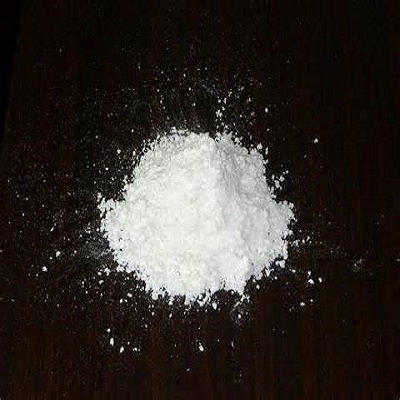Jul. 18, 2022
Chemicals
Cellulose ether is a general term for a series of cellulose derivatives produced by alkali cellulose and etherifying agents under certain conditions. It is a product in which ether groups wholly or partially replace the hydroxyl groups on the cellulose macromolecule. At present, the total annual production capacity of cellulose ethers worldwide is more than 600,000 tons, including about 200,000 tons of non-ionic cellulose ethers and more than 400,000 tons of ionic cellulose ethers. Cellulose ether is a cellulose derivative with a wide variety of applications, a large production volume, and high research value. Its uses involve many fields such as industry, agriculture, daily chemical industry, environmental protection, aerospace, and national defense.
Source of Cellulose Ether (Raw Material)
According to resource differences in various countries, the raw material cellulose used is mainly cotton and wood cellulose for the industrial production of cellulose ethers. Cotton cellulose is often referred to as refined cotton. It is obtained primarily by refining cotton linters with a length of less than 10 mm remaining on the cottonseed hulls after removing the long linters. The cotton linters on cottonseeds are rich in cellulose, with a content of about 65%~80%, and the rest is fat, wax, pectin, and ash; Wood contains 35%~45% cellulose, and the rest is hemicellulose (25%~35%), lignin (20%-30%), fat, wax, residual seed hulls, pectin, and ash, etc., quite complicated.
Due to differences in climate and region, the types of wood fibers in various countries are also different. The primary natural fibers in the world come from various softwoods and hardwoods. In addition to natural forests, there are some artificially planted softwood and hardwood species. Different other non-wood fiber raw materials, mainly gramineous plants, such as cereals (rice, wheat, etc.), straw, bagasse, and bamboo, are also essential sources of cellulose, but they have not been fully utilized.

Types of Cellulose Ethers
Related links:Cellulose ethers can be mono ethers or mixed ethers, and their properties have specific differences. There are low-substituted hydrophilic groups on the cellulose macromolecules, such as hydroxyethyl groups, which can give the product a certain degree of water solubility, and the hydrophobic groups include methyl, ethyl, etc. Only a moderate degree of substitution can provide the product with a certain degree of water solubility. The product with low substitution can only swell in water or dissolve in a dilute alkali solution. With the in-depth research on the properties of cellulose ethers, new cellulose ethers and their application fields will continue to be developed and produced.
The general rules of the influence of groups in mixed ethers on solubility are as follows:
Increasing the content of hydrophobic groups in the product will increase the hydrophobicity of the ether and reduce the gel point.
Increase the content of hydrophilic groups (such as hydroxyethyl groups) to increase its gel point.
The hydroxypropyl group is unique. Proper hydroxypropylation can reduce the gel temperature of the product. The gel temperature of the medium hydroxypropylation product increases, but the high level of substitution will reduce its gel point. This is due to the particular carbon chain length structure of the hydroxypropyl group. Low levels of hydroxypropylation will weaken the intra- and intermolecular hydrogen bonds of cellulose macromolecules, and there will be hydrophilic hydroxyl groups on the branch chains, and its hydrophilicity is dominant; While high substitution will cause polymerization on the side groups, the relative content of hydroxyl groups will decrease, and the hydrophobicity will increase, which will reduce its solubility.
Related Articles
If you are interested in sending in a Guest Blogger Submission,welcome to write for us!
All Comments ( 0 )